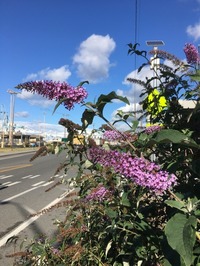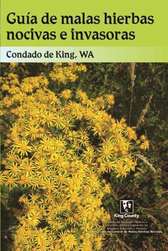Subject: Healthy Watersheds Consortium Grant Opportunity
See information below about an
exciting grant opportunity from the EPA and US Endowment to support capacity
for shared investments in watershed restoration. Feel free to circulate
to your networks.
The Healthy Watersheds
Consortium (HWC), a partnership between the U.S. Endowment for Forestry and
Communities, the U.S. Environmental Protection Agency, and the USDA Natural
Resources Conservation Service, has called for 2018 Request for Proposals. The
goal of the HWC Grant Program is to “accelerate strategic protection of
healthy, freshwater ecosystems and their watersheds”, with primary focus on prevention
of land deterioration in the watershed by:
· Developing
funding mechanisms, plans, or other strategies to implement large-scale
watershed protection, source water protection, green infrastructure, or related
landscape conservation objectives;
· Building
the sustainable organizational infrastructure, social support, and long-term
funding commitments necessary to implement large-scale protection of healthy
watersheds; and
· Supporting
innovative or catalytic projects that may accelerate funding for or
implementation of watershed protection efforts, or broadly advance this field
of practice.
Applications are due February
1, 2018 at 8 p.m. Eastern and up to $3 million
is available.
|
|
|
Nikola Smith
Ecologist and Ecosystem Services Specialist
|
|
Forest Service
Pacific Northwest Region
National Forest System
State and Private Forestry
Pacific Northwest Research Station
|
|
p: 503-808-2270
|
|
|
|
Caring
for the land and serving people
|
|
|
|








